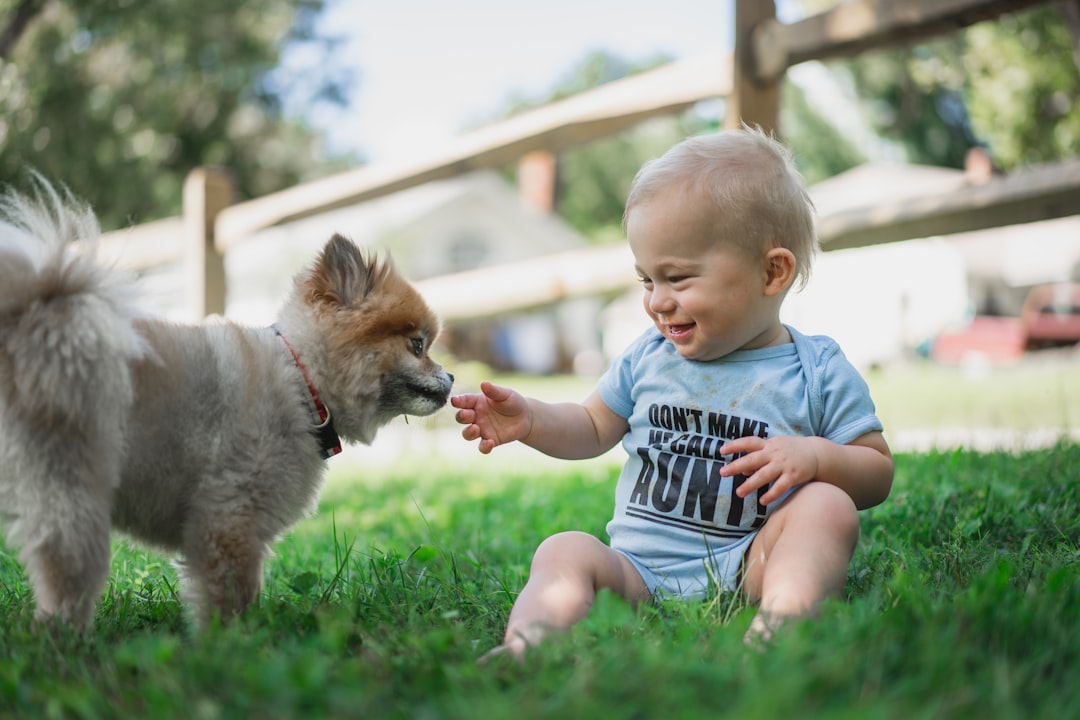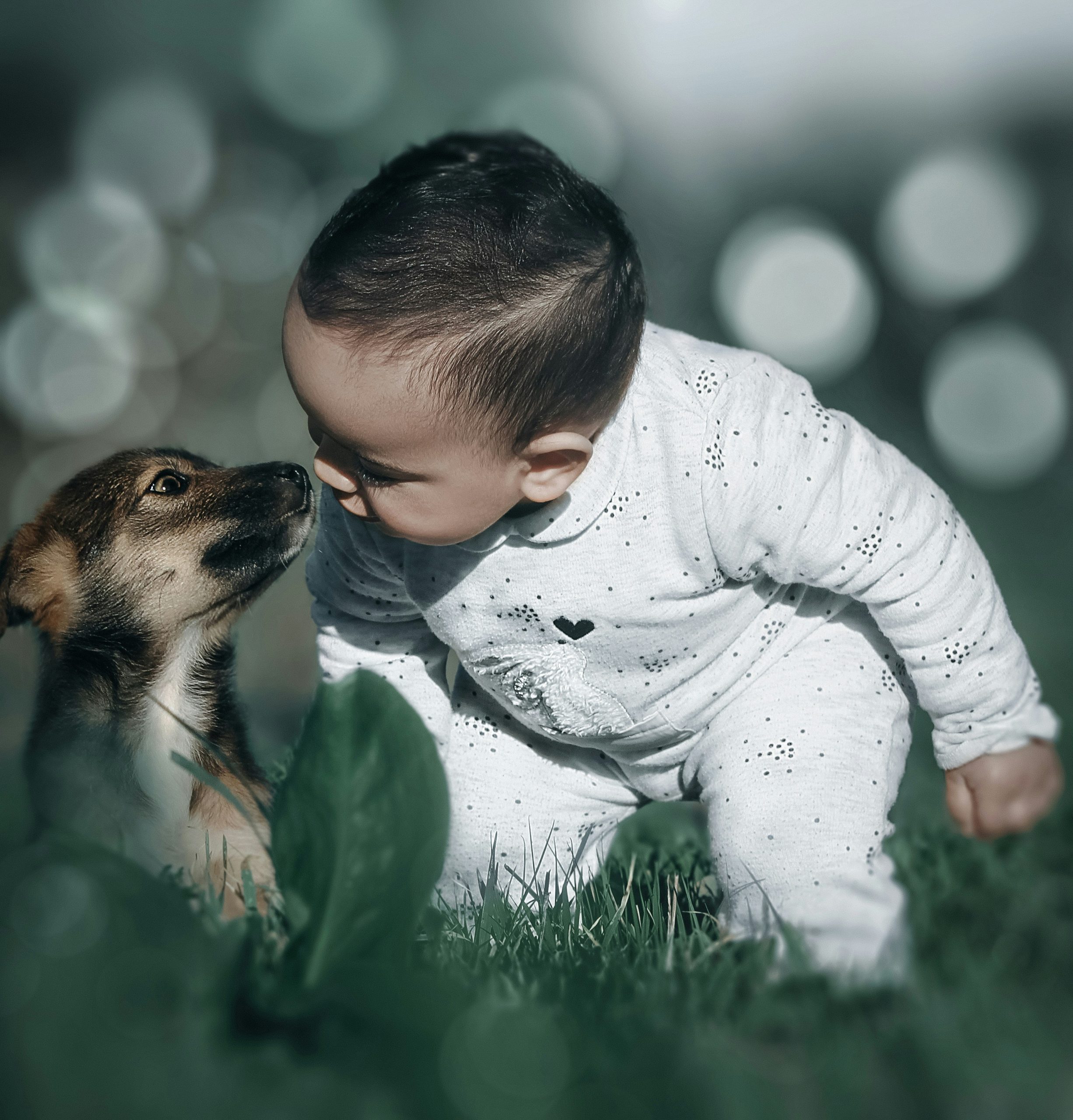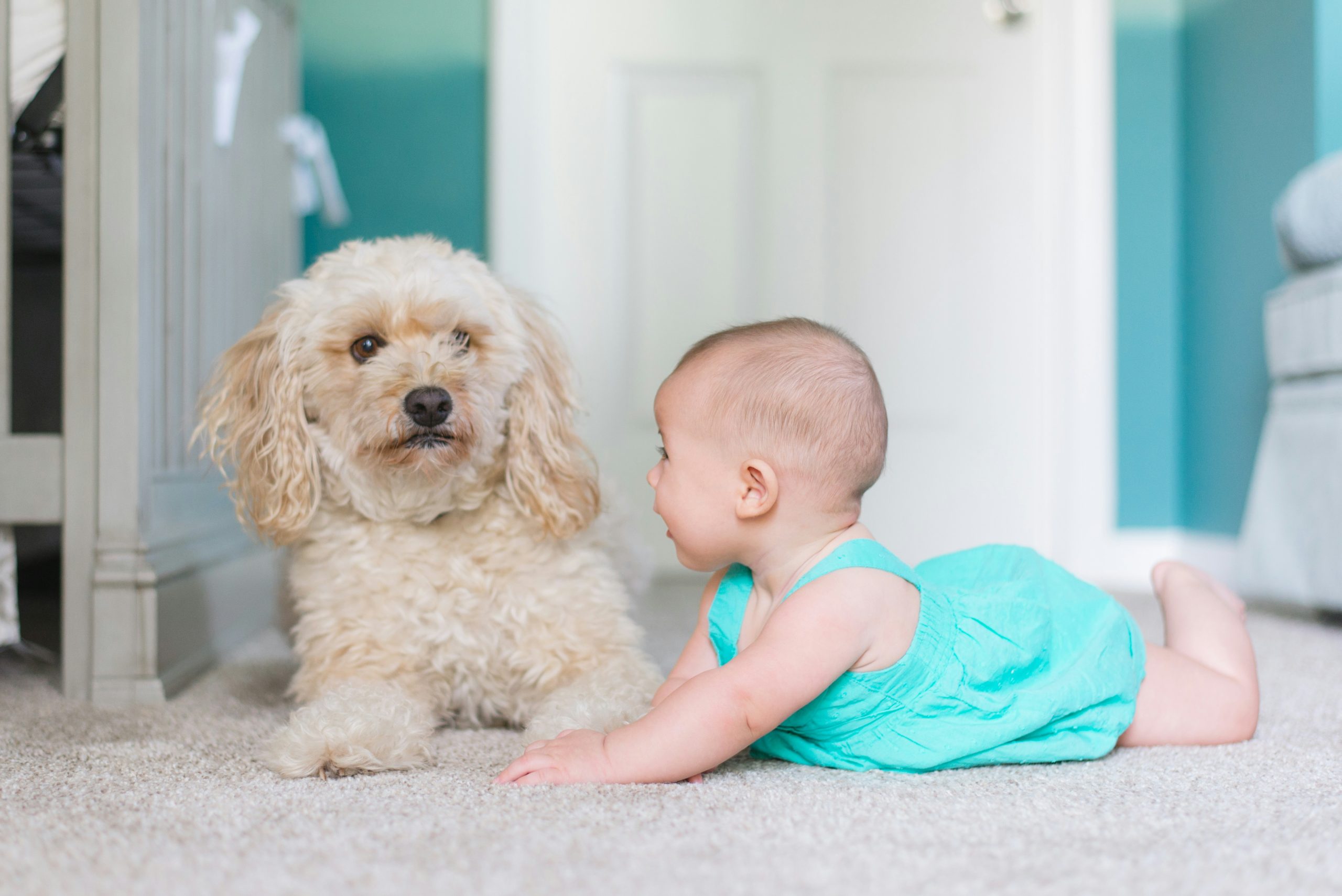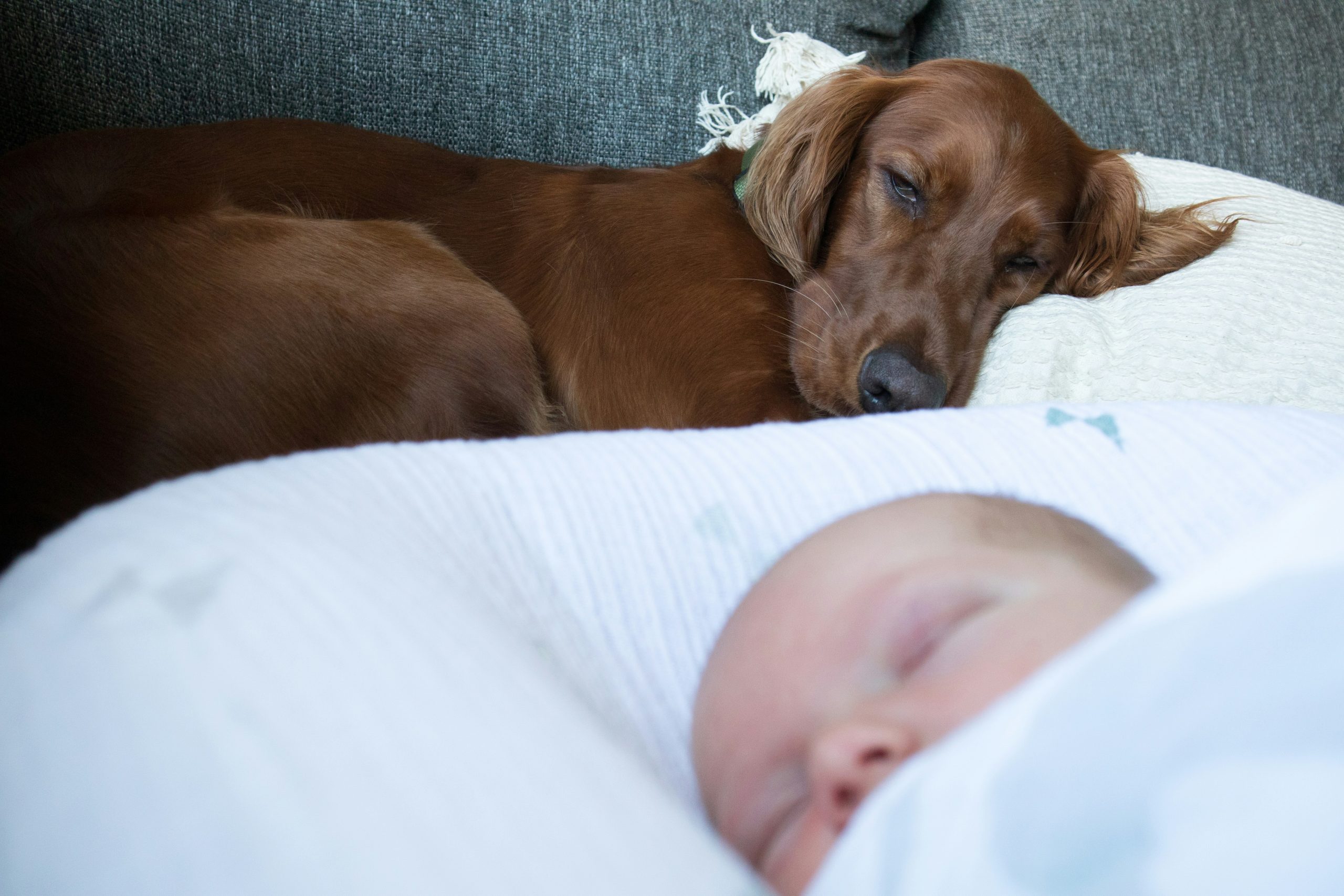Preparing Fido for Baby: A Comprehensive Guide to Introducing Your Dog to Your New Arrival
Introducing Your Dog to Your New Baby: A comprehensive guide on preparing your dog for the arrival of a new baby, the first introduction, supervision and safety measures, recognizing signs of stress or discomfort in dogs, positive reinforcement and training, establishing boundaries and routines, and troubleshooting and seeking professional help.
Introducing Your Dog to Your New Baby
Preparing Your Dog for the Arrival of a New Baby
When preparing your dog for the arrival of a new baby, it’s essential to introduce them to basic obedience skills and acclimate them to new experiences. This adjustment to lifestyle changes can help your dog adapt to the new family dynamic. Additionally, familiarizing your dog with baby sights, sounds, and smells can help them adjust to the presence of the new family member. Setting up the nursery early, establishing ground rules, and making adjustments to your dog’s routine can also prevent potential anxiety and create a smoother transition for your pet.
For example, you can gradually expose your dog to baby-related experiences by playing recordings of baby sounds, using baby lotions or powders, and allowing your dog to investigate baby items under supervision. This gradual exposure can help your dog acclimate to the new scents and objects associated with the baby’s arrival.
The First Introduction
The first introduction between your dog and your new baby should take place in a calm environment to reduce stress for both the dog and the baby. It’s important to create a controlled and supervised setting for this initial meeting to ensure a safe and positive interaction. Encouraging gentle investigation and allowing your dog to familiarize themselves with items that carry the baby’s scent, such as blankets or clothing, can help ease the introduction process.
For instance, allow your dog to approach the baby at their own pace while ensuring that the interaction is closely supervised. Using items that smell like the baby can help your dog associate the new scent with positive experiences, promoting a sense of familiarity and comfort.
Supervision and Safety Measures
Supervising interactions between your dog and your baby is crucial to ensure the safety of both the pet and the child. Installing safety gates to designate off-limits areas and keeping dog food and baby toys separate can help prevent potential conflicts and ensure a secure environment for both the dog and the baby.
For instance, designating specific areas of the house as off-limits to the dog, such as the baby’s nursery, can provide a safe space for the baby and minimize potential stress for the dog.
Recognizing Signs of Stress or Discomfort in Dogs
It’s important for parents to be able to recognize signs of stress or discomfort in dogs during the introduction process. Common signs of anxiety or discomfort in dogs may include pacing, panting, yawning, or avoiding eye contact. If a dog exhibits signs of anxiety or aggression towards the baby, it’s crucial to respond calmly and avoid punishing the dog for their behavior.
For example, if your dog shows signs of stress, provide them with a quiet and separate space where they can retreat and relax. Avoiding punishment and instead focusing on positive reinforcement can help create a sense of security for your dog during this transition period.
Positive Reinforcement and Training
Using positive reinforcement to encourage good behavior during the introduction process can help your dog associate the new baby with positive experiences. Teaching your dog new skills that are essential for coexisting with a baby, such as basic manners and special skills, can also contribute to a smooth adjustment. Additionally, incorporating crate time and providing chew toys can assist your dog in adapting to the new family dynamic.
For instance, rewarding your dog for calm and gentle behavior around the baby, such as sitting or lying down quietly, can reinforce positive associations with the baby’s presence.
 Establishing Boundaries and Routines
Establishing Boundaries and Routines
Establishing new boundaries and routines for your dog is crucial to help them adapt to the changes brought by the baby’s arrival. Planning and practicing changes to your daily routine in advance can minimize the impact on your dog and create a sense of predictability and stability. Ensuring that first impressions count and establishing a smooth daily routine with the baby can also contribute to a harmonious environment for both the dog and the baby.
For example, maintaining consistent feeding and walking schedules for your dog can help them adjust to the new routine while ensuring that they receive the attention and care they need.
Troubleshooting and Seeking Professional Help
In situations where the dog displays nervousness or aggression towards the baby, it’s important to handle the situation with care and seek professional help if needed. Avoiding punishment for aggressive behavior and focusing on positive reinforcement and gradual desensitization can help address underlying issues. Educating parents on teaching their child to respect the dog and ensuring safe interactions is also essential for fostering a positive relationship between the dog and the baby.
For instance, seeking guidance from a certified dog trainer or behaviorist can provide tailored strategies to address specific challenges and ensure a safe and harmonious environment for both the dog and the baby.



